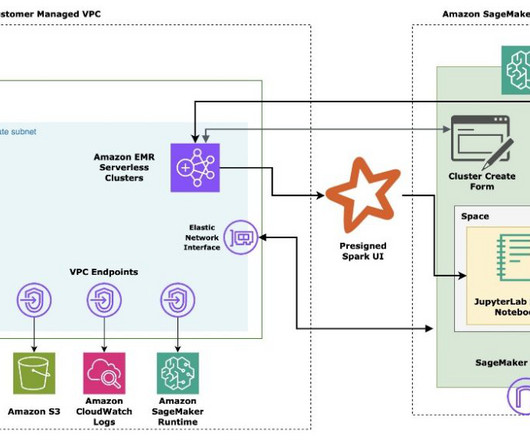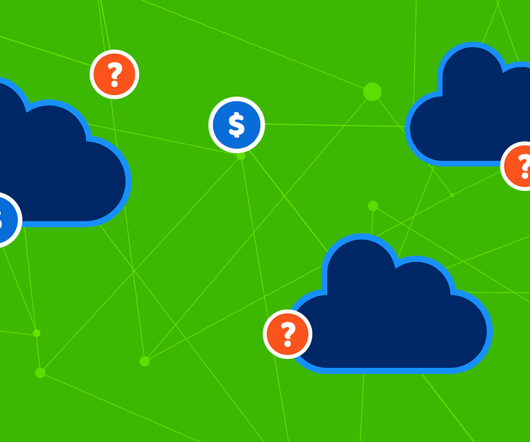AWS vs. Azure vs. Google Cloud: Comparing Cloud Platforms
Kaseya
MAY 13, 2021
In a public cloud, all of the hardware, software, networking and storage infrastructure is owned and managed by the cloud service provider. In addition, you can also take advantage of the reliability of multiple cloud data centers as well as responsive and customizable load balancing that evolves with your changing demands.




















Let's personalize your content